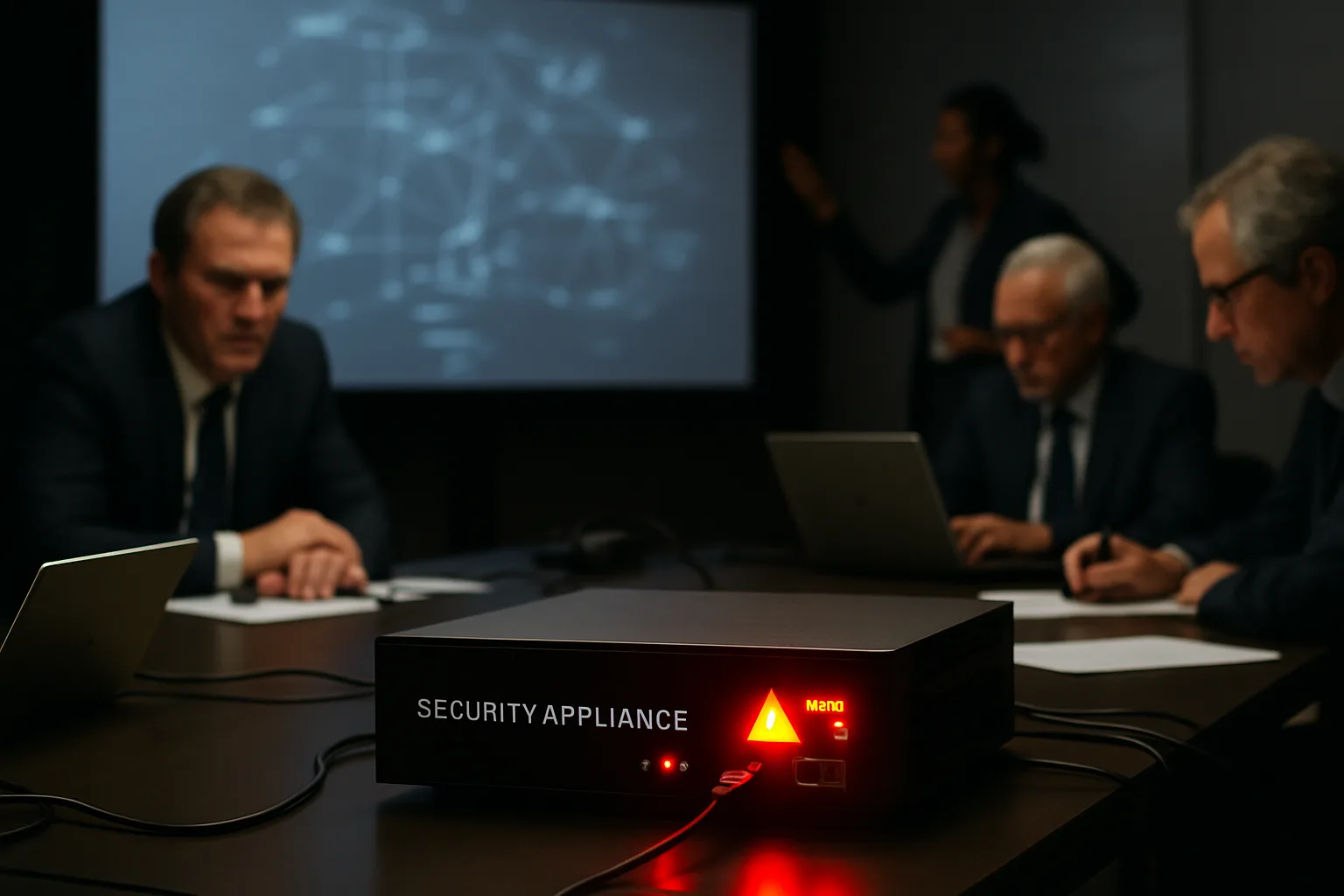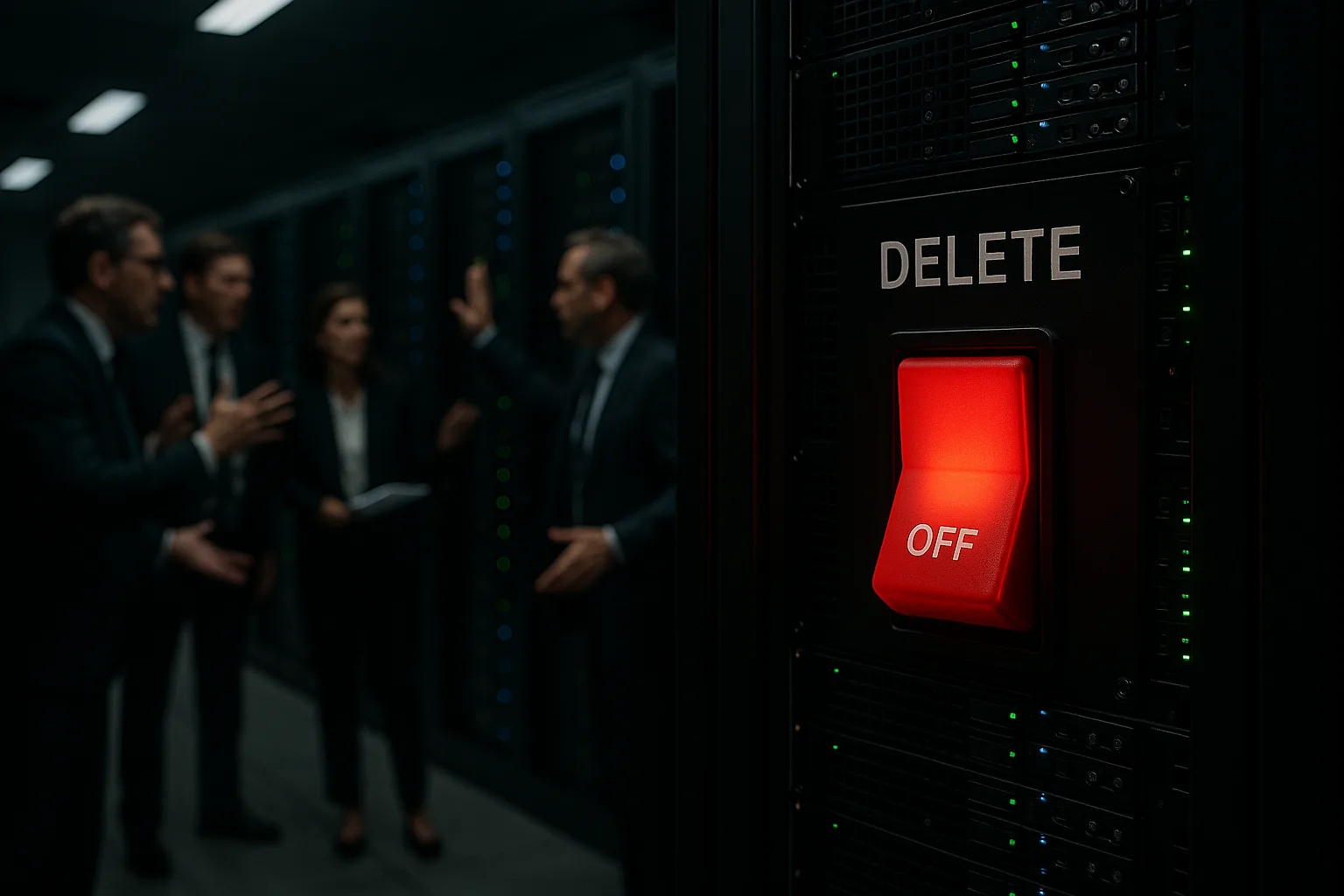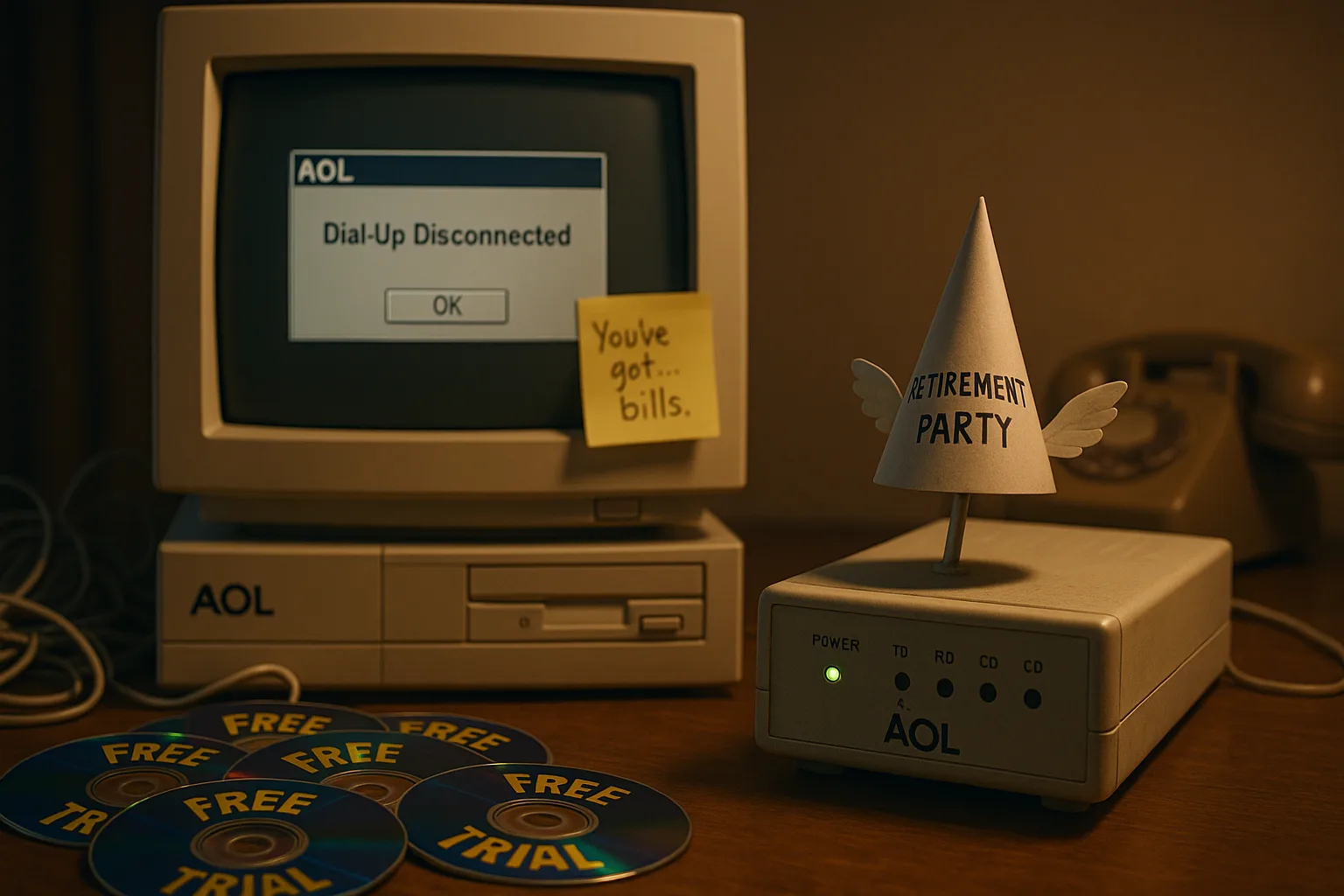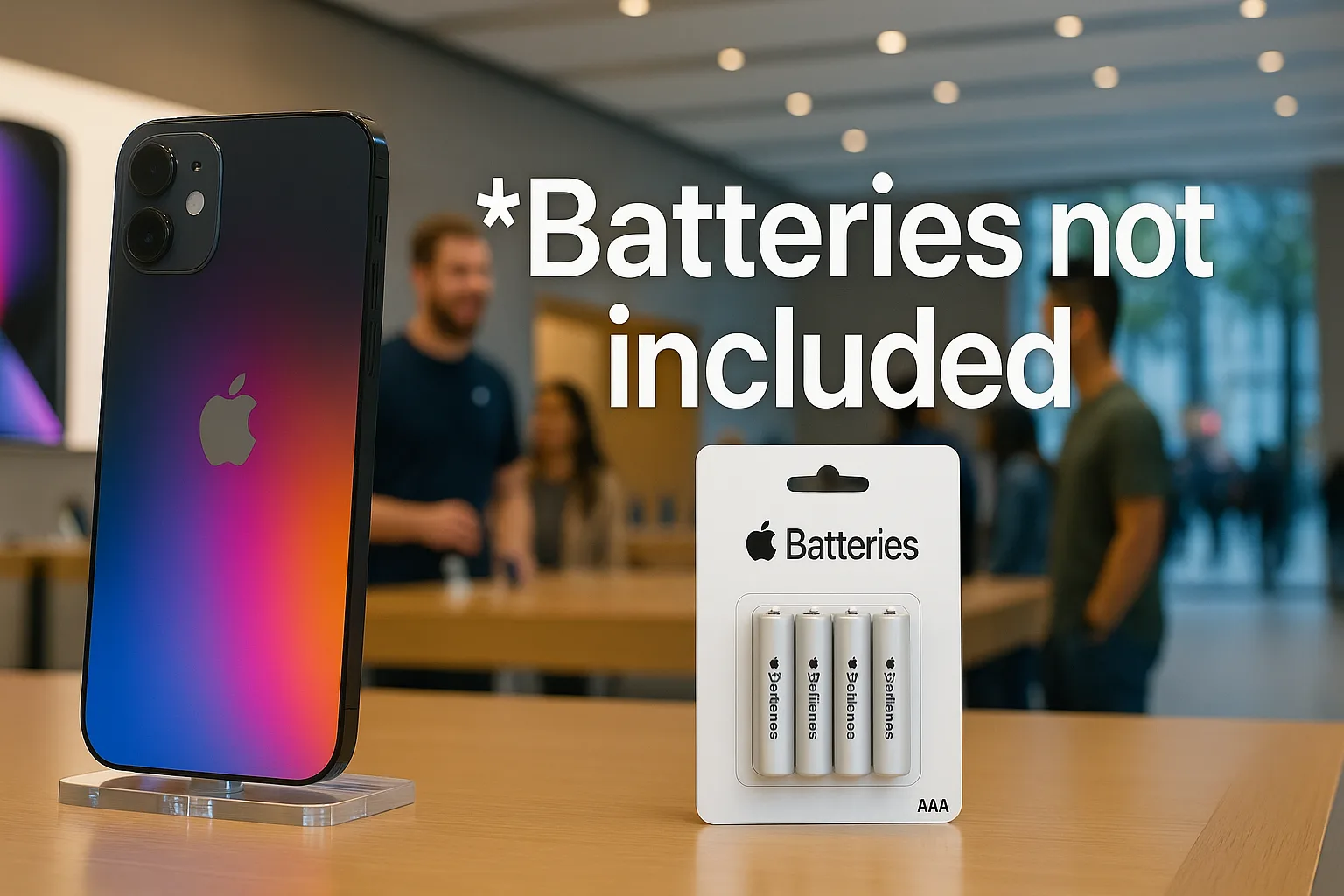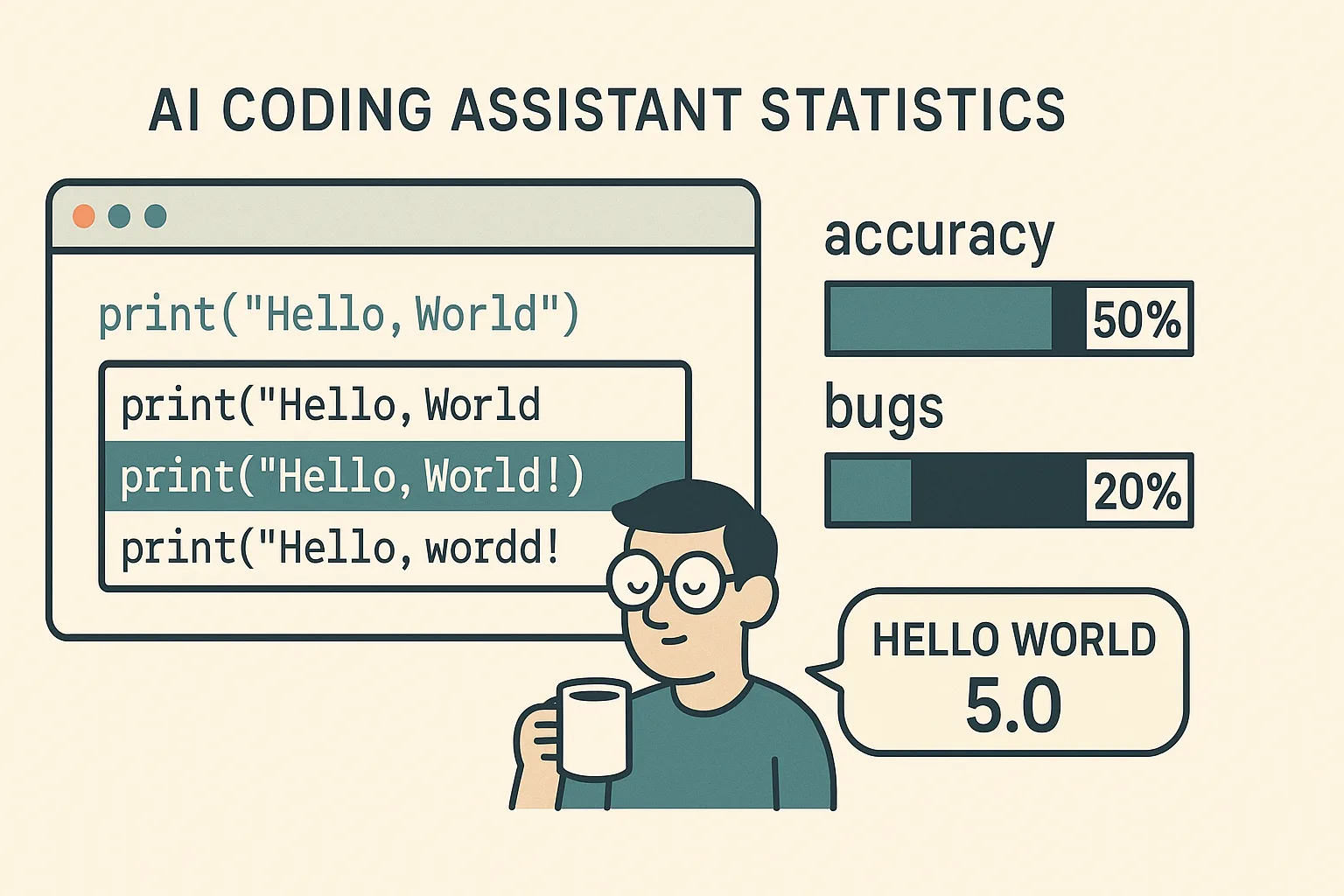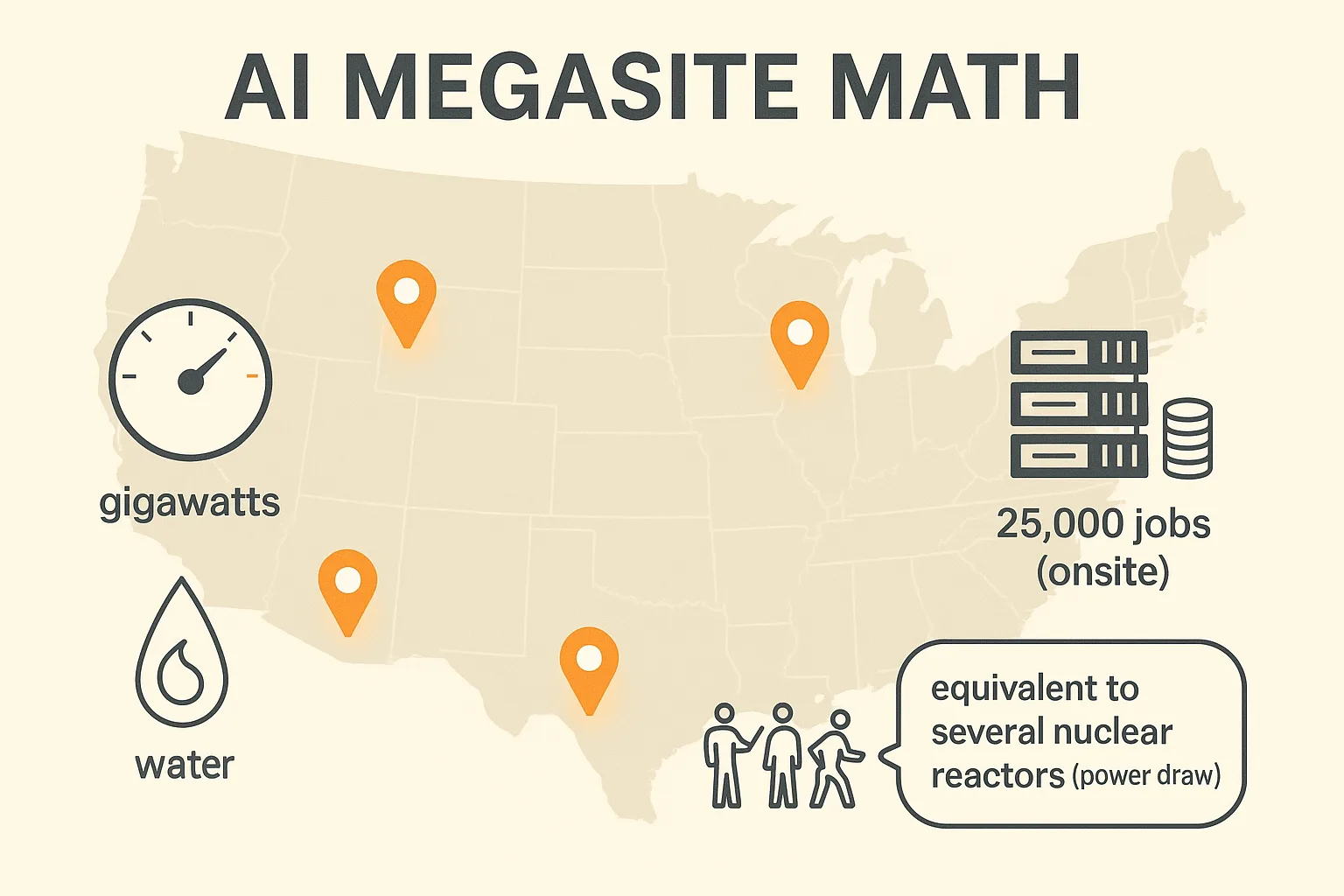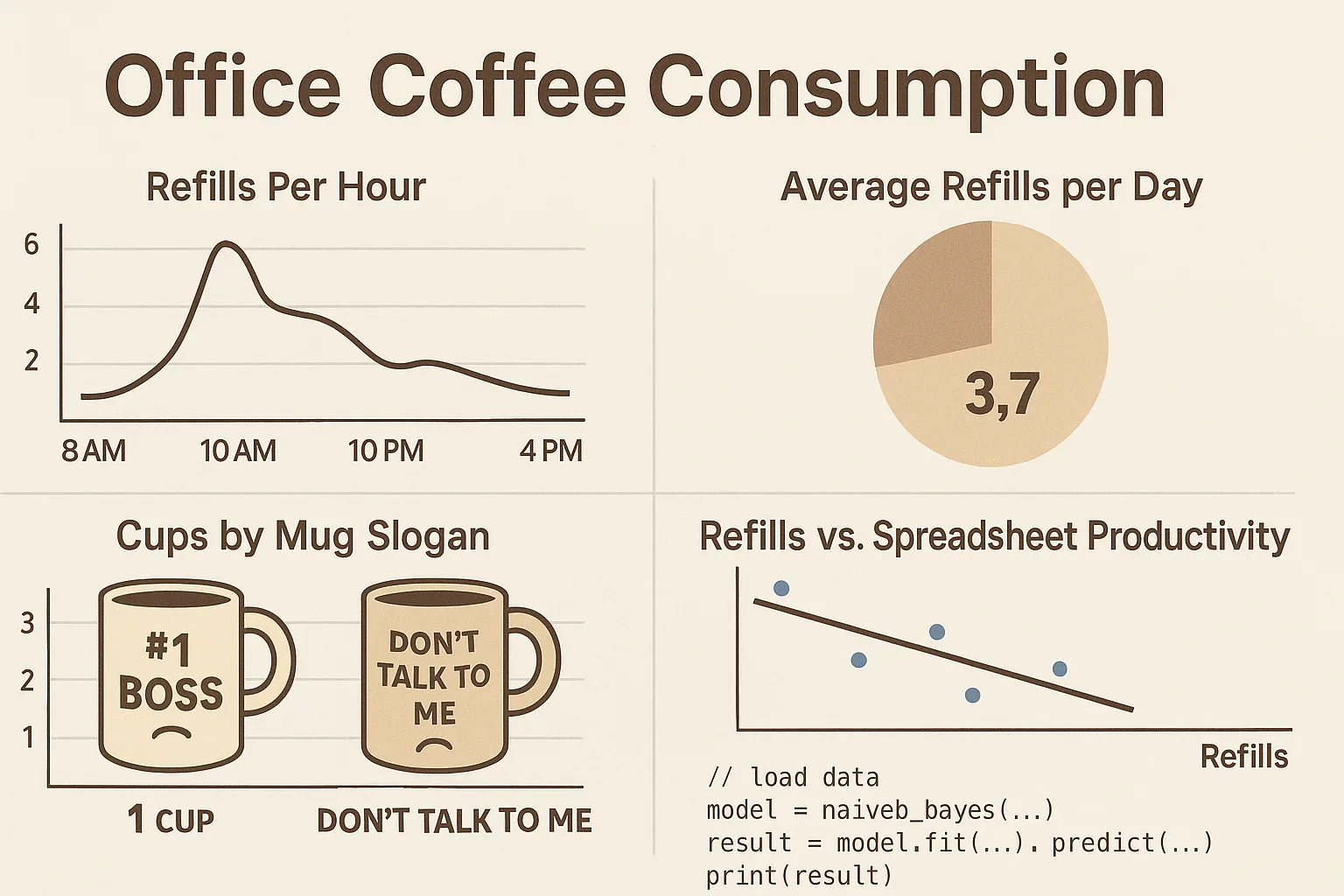In a week full of noise, one signal cut through: U.S. officials confirmed hackers are actively exploiting critical vulnerabilities in Cisco security devices. To the casual reader, this is another technical footnote in the endless churn of patch notes. To anyone paying attention, it is the quiet sound of a foundation cracking under the skyscraper of the internet.
How We Got Here: A Timeline of Erosion
2000s: Cisco devices became the backbone of global enterprise networks. The brand became synonymous with reliability, a firewall as trustworthy as the walls around a bank vault. 2010s: A series of minor but growing disclosures — vulnerabilities tucked inside “advisories” few ever read — signaled cracks. Patching became a lifestyle, not an exception. 2020s: The breaches multiplied. State actors exploited flaws. Hospitals were locked down mid-surgery. Airports saw departures halted by “network incidents.” And now, in 2025, the Department of Homeland Security has to remind critical infrastructure owners that their digital locks are already being jiggled from the outside.
The Ritual of Security Language
Every breach comes with the same script:
- “We take security seriously.”
- “We are working with partners to investigate.”
- “We urge customers to patch immediately.”
The words are so rehearsed they may as well be printed on the devices themselves. Yet none of them mean what they appear to. “Security” means “a product sold with no guarantees.” “Patch” means “a temporary truce with an unseen enemy.” “Urgent” means “already too late.”
The Stakes Beyond Cisco
This isn’t just about one vendor. Cisco is merely the emblem of a larger disease: an internet built on brittle trust. Firewalls, VPNs, routers — all are riddled with flaws discovered only after exploitation. Every patch cycle is a confession that the foundation was never sound. The breaches at Salesforce, Harrods, Stellantis — different names, same story. The danger is systemic: every device is a door, and every door is, eventually, opened.
The Lawsuit Economy
The lawyers circle. Already, class actions pile up against vendors whose “enterprise solutions” turn out to be porous. But litigation is a bandage, not a cure. It redistributes blame but does not rebuild infrastructure. The real courtroom is public opinion, where every headline of a breach erodes faith not just in Cisco, but in the very idea that digital systems can ever be secured. If the guardians fail, what confidence remains in the gate?
Global Implications
Think beyond the enterprise. When routers fail in a hospital, patients die. When firewalls fall in airports, flights halt. When vulnerabilities spread in government, entire states are exposed. The breach isn’t just a line of bad code; it is a geopolitical weapon. In an age of cyber conflict, flaws are not accidents — they are opportunities actively hunted, stockpiled, and weaponized.
Professor Syntax’s Closing Argument
The syntax of this scandal is linguistic as much as technical. We called these devices “secure,” but that was aspirational, not descriptive. We said “firewall,” but it was plasterboard. We promised “patches,” but each one admitted failure. Our digital world runs on metaphors: walls, locks, shields. Yet each is porous. The true metaphor is this: we are building skyscrapers on sand, and every so often the tide comes in.
So, patch your Cisco devices. Sue your vendors. Write your reports. But also recognize this truth: security, as you’ve been sold it, is not security. It is ceremony. And like all ceremonies, it comforts, it distracts, and it eventually collapses when the roof caves in.
This isn’t just another breach. It is another warning. One day soon, the firewall will fall and nothing behind it will be theater anymore.
